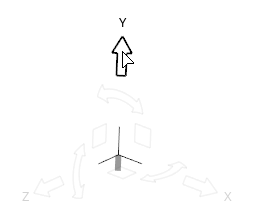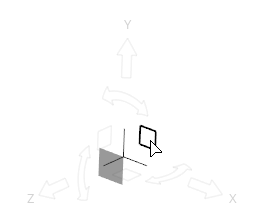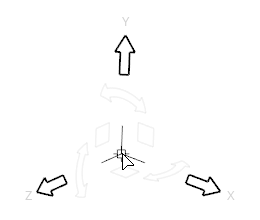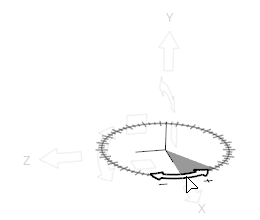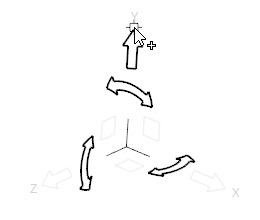Translate and Rotate Entities
Use the Move tool to translate and rotate selected entities.
Reposition the Move Tool
Reposition the Move tool along an axis, within a plane, or in 3D space to change the center of rotation.
Microdialog Options

- Align the Move tool with the global axis.

- Align the Move tool along an edge or face. If the Move tool is being repositioned (highlighted orange), clicking this button will force the Move tool to be aligned automatically as you drag it around the model.
Collision Detection
Prevent components from passing through other components.
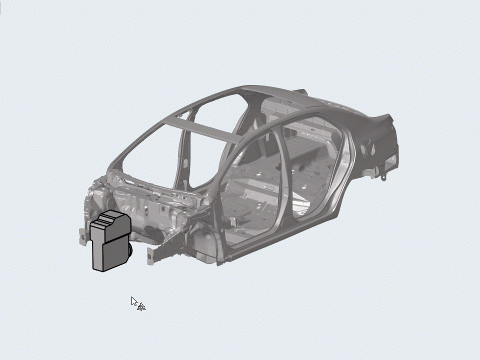
Figure 8.
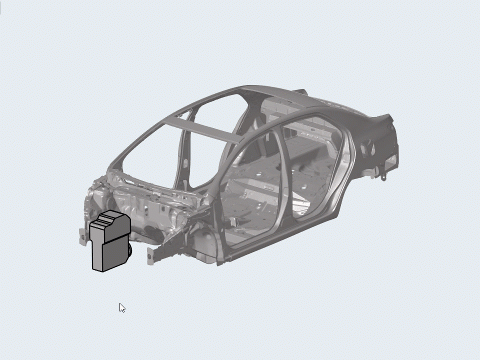
Figure 9.

 on the
on the 